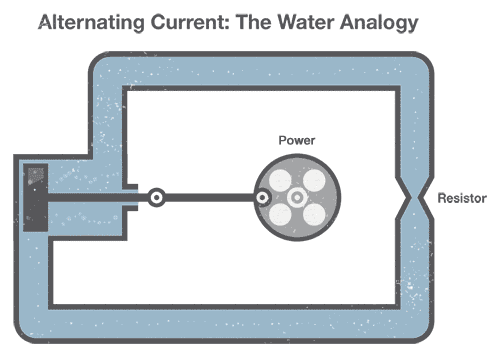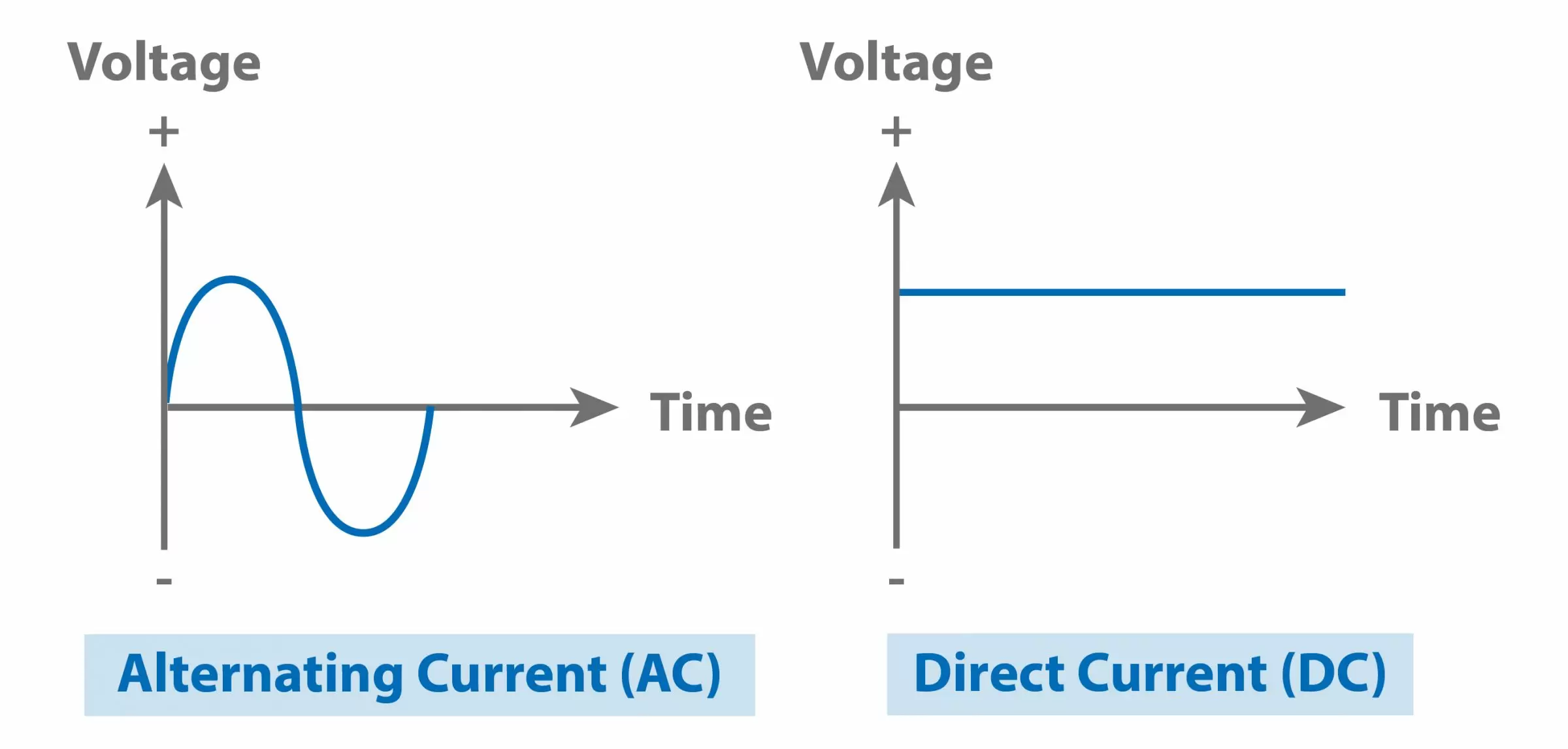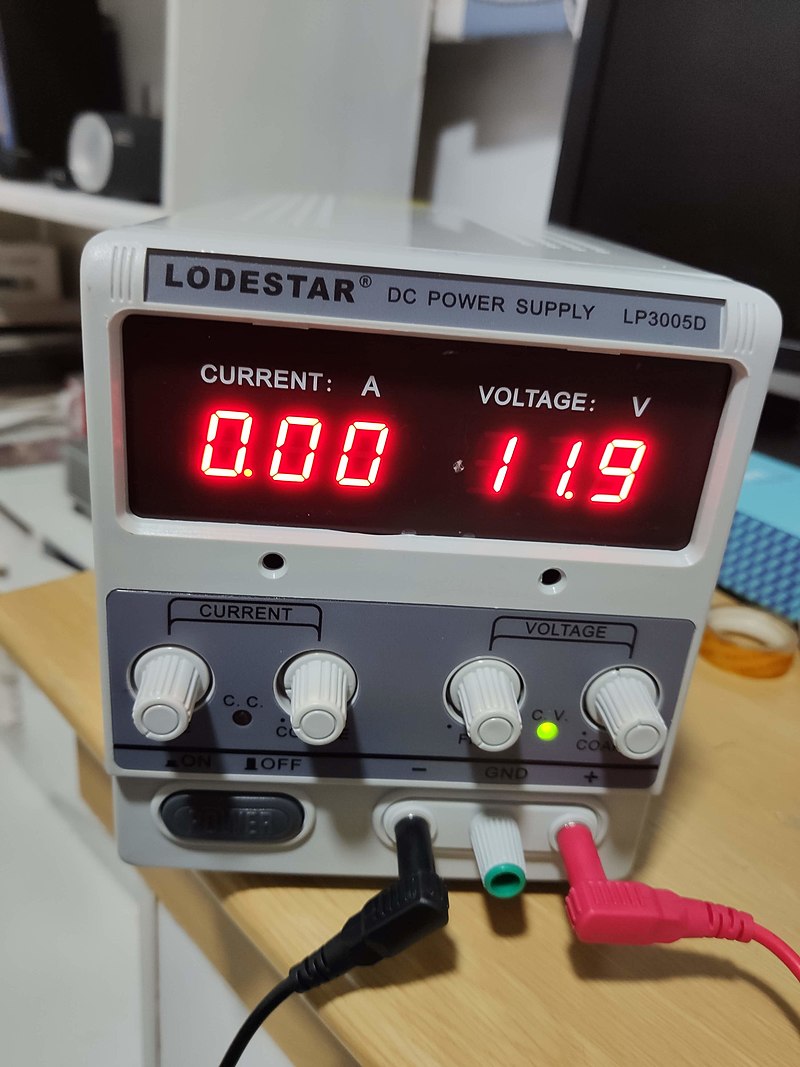
Introduction to Electronic Circuits
Overview of AC and DC in electronics circuits
Electronic circuits can utilize both Alternating Current (AC) and Direct Current (DC) supplies based on their specific requirements. While some components and devices may operate using AC supply, Integrated Circuits (ICs) predominantly rely on DC. The choice between AC and DC depends on the circuit's design and intended function. Understanding the characteristics of both types of currents is essential for efficient circuit operation.
Difference between AC and DC current
– **AC Current**: Fluctuates in amplitude and changes direction periodically.- **DC Current**: Flows in one direction with constant amplitude.- AC is suitable for long-distance power transmission, while DC is commonly used in electronic devices for stable operation.

Application of AC and DC in Electronics
When to use AC and DC in electronic circuits
Electronic circuits make use of Alternating Current (AC) and Direct Current (DC) based on their specific requirements. While some components operate using AC, Integrated Circuits (ICs) predominantly rely on DC for stable performance and operation.
Advantages and disadvantages of AC and DC current
– **AC Current**: – *Advantages*: Suitable for long-distance power transmission. – *Disadvantages*: Fluctuates in amplitude and changes direction periodically.- **DC Current**: – *Advantages*: Flows in one direction with constant amplitude, ideal for electronic devices. – *Disadvantages*: Not efficient for long-distance power transmission.

Importance of DC Supply in Electronic Circuits
Reasons behind using DC supply in most electronic circuits
The utilization of DC supply in electronic circuits is crucial due to specific requirements of components. Integrated Circuits (ICs) predominantly require DC for stable performance, as it facilitates binary operations, ensuring predictable states of “1” and “0” for logic gates to function effectively. Additionally, components like transistors necessitate a DC bias for normal operation, highlighting the indispensability of DC supply in circuitry.
Benefits of utilizing DC current over AC in electronics
– **Advantages of AC Current**: – Suitable for long-distance power transmission. – Fluctuates in amplitude and changes direction periodically.- **Advantages of DC Current**: – Flows in one direction with constant amplitude, ideal for electronic devices. – Offers stable and predictable operation, maximizing efficiency in electronic systems.

Scenarios Using Both AC and DC in Electronics
Instances where both AC and DC currents are necessary
In certain electronic applications, both AC and DC currents are employed to meet diverse circuit requirements. AC is commonly used for power transmission over long distances due to its ability to reduce energy loss in cables. On the other hand, DC is essential for components like integrated circuits, ensuring stable binary operations for logic gates. The coexistence of AC and DC currents is crucial in achieving optimal functionality in various electronic systems.
Examples of circuits requiring both types of current
1. **Power Supplies**: AC currents are converted to DC for electronic devices to operate efficiently.2. **Audio Systems**: AC is used for signal transmission, while DC provides necessary biasing for amplifiers.3. **Home Appliances**: Some devices like refrigerators use AC for motors and DC for control circuits.
Please ensure the blog section is completed with more relevant details if necessary.

Why Most Electronic Circuits Use DC Supply
Factors influencing the preference for DC supply in electronics
– Stability: DC provides stable voltage levels crucial for integrated circuits.- Efficiency: DC minimizes power loss in electronic components.- Compatibility: Many electronic devices require steady DC voltage for operation.
Comparison of using DC over AC in electronic devices
– DC ensures predictable and controlled functionality, ideal for sensitive components.- AC is primarily used for power transmission due to its ability to travel long distances efficiently.
In various applications, a combination of AC and DC currents is essential to meet different electronic circuit requirements.